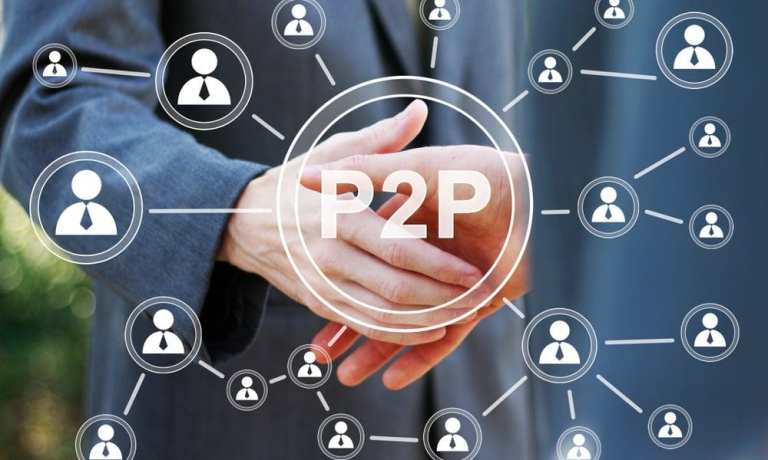
Peer-to-peer (P2P) payments continue to gain popularity among consumers, with two of the biggest providers, Zelle and Venmo, reporting ongoing and significant gains. But amid that growth is a fresh trend that could present challenges for law enforcement — the use of such payment methods for illicit transactions, including drug deals.
Official evidence of that is relatively sketchy, but it isn’t difficult these days to find a drug dealer or buyer who relies on mobile P2P payments for those types of transactions. It would seem not wise to use those methods for illegal transactions, but no matter the product, seamless payments appeal to all types of buyers and sellers.
P2P and Millennials
Surveys and other types of reports are taking note of this apparent trend. For instance, according to one report from LendEDU, a student loan refinancing company, about 33 percent of millennials had paid for drugs via Venmo — and that was in late 2017. About a fifth, by comparison, had used Venmo for gambling. The report noted that “one interesting point is that any and all transactions made on Venmo will be on file, like a payment made with a credit card. Those who use Venmo for suspect transactions run the risk of leaving behind a paper trail that could come back to haunt them.”
As another report on this payment trend points out, P2P services do offer privacy settings, but not everyone takes advantage of them, and that includes people involved in drug transactions. That report’s researcher “pieced together love affairs and arguments from the public messages sent between Venmo users, and analyzed the eating habits of one woman who washed down 209 pizzas with 280 transactions for Coca-Cola – all in one year.”
P2P Growth
It’s unclear how big of an issue this is for law enforcement, but it’s very clear that P2P payments are growing significantly, and show signs of continuing to do so.
For instance, during the first quarter of 2019, Zelle sent $39 billion through its network via 147 million transactions, the company said in a news release. Payment values went up 54 percent year over year, and payment volume increased 72 percent. The Zelle network is used by an upward of 5,391 financial institutions (FIs), either through a mobile banking app or by registering a debit card with Zelle’s app. A possible limit to Zelle’s service — at least, for the time being — is its status as a payment method that relies on bank rails, not card rails. The payment receiver may not be connected with a bank that has integrated with Zelle.
Venmo, meanwhile, stood out as one of the best bits of news from PayPal’s first-quarter earnings. For the first time, PayPal CEO Dan Schulman released Venmo user numbers: 40 million active monthly users, defined as those who used the service once in 12 months. Venmo processed $21 billion in total payment volume during the first quarter and is on pace to process $100 million over the course of the year. Total P2P volume for PayPal — which includes payments made through core PayPal and Venmo services — grew 41 percent to $42 billion. Anyone with a bank account and debit card can use Venmo, a likely factor in its P2P reach.
Partnerships are driving P2P growth, as demonstrated by Venmo, by giving the service more than just a P2P focus. Schulman told analysts that Venmo’s growth was not only as a P2P payment network, but as a payment method for its active customer base. He pointed to recent partnerships with Chipotle, Grubhub and Uber, among other merchants, as contributing to the growth.
P2P is finding more use in payments innovation as retailers and service providers rise to consumer demand for more options to split tabs and perform other quick, mobile transactions.